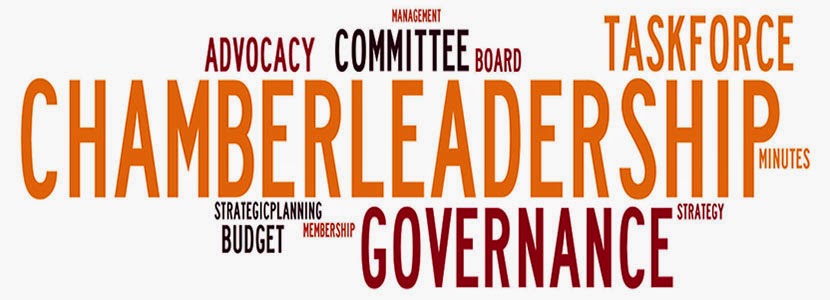The following comments are my notes, based on a recent webinar I attended, presented by Association Laboratory, Inc. speakers
They started out with the statement: Historical views that drove your strategy ended with Covid-19.
Business assumptions must be reviewed, adapted, and shaped to the new world you live in.
5 Forces Driving the Future
- Covid-19 Hangover – the long road to recovery. What’s the impact on your members, your staff and your office space?
- Reimagining of Space – cellular to centralized. Working from home for everything vs going to the coffee shop, the office, lunch counter, etc., has changed how we do business. Some of this change will be with us forever.
- Economic Disruption – transitions in the new world. Will organizations take risks like they have in the past in these uncertain times. Pricing and delivery come to play here. Also, on the bright side, the transitions have driven innovation within our organizations.
- Workforce Realignment – maintaining and recruiting a qualified workforce. The past year has us thinking differently on how we can use remote workers to do our program of work with today’s technology.
- Technological Interconnectedness – the Internet of Everything! Technology has eliminated boundaries.
What is the future?
Disruption creates opportunities that you may have not of thought of before. Now is the time to drop those sacred cows! For a previous blog post on that subject go HERE. Get rid of that legacy baggage!
They talked about how competition will become savage. I take that as you need to focus on what you do well and don’t try to be all things for all people. Think Hedgehog Theory. For a blog post on that topic go HERE.
Then they focused on the idea that we need to be flexible and adapt to our members needs to be successful. Those organizations that can adapt will thrive. Those that don’t will have a hard time moving forward and recovering to the good times!
You have a window of opportunity to build a new organization. Eliminate what you don’t need, redo your strategic plan.
Virtual events won’t replace in-person, but they also won’t go away. They’ll just be different than what they are today. It's just another tool in the toolbox, that’s how you should think about virtual events. The key is how to price it.
Good luck!

